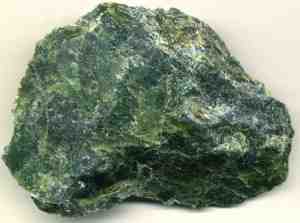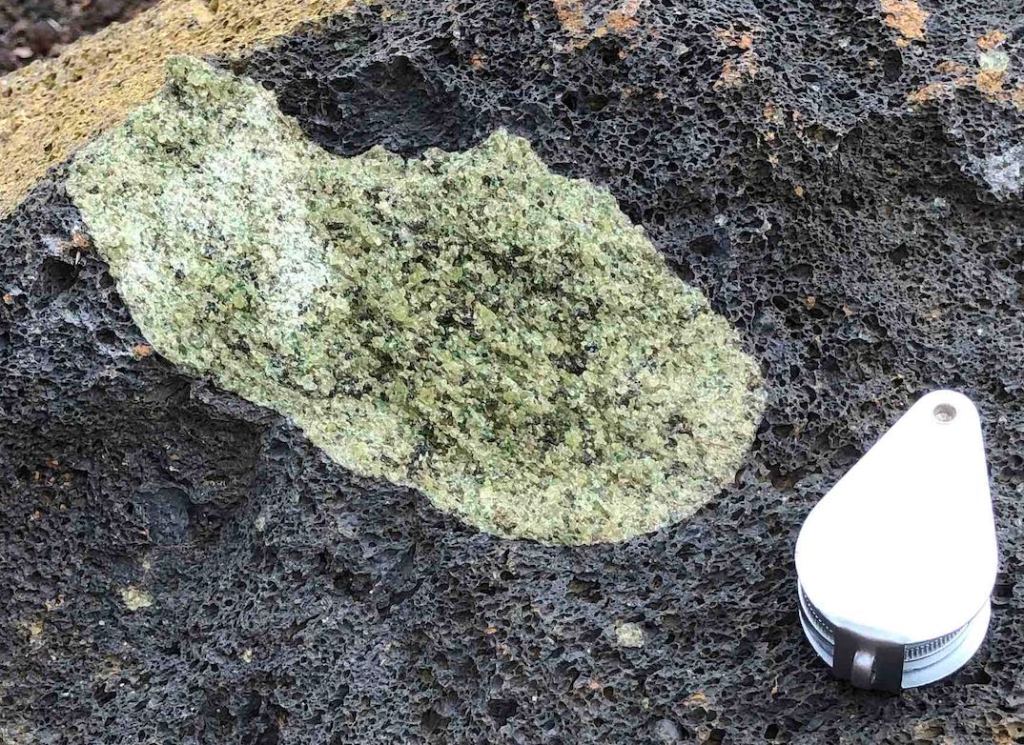You can now download the axfiles from Tomlinson & Holland (2021) and Green et al (2012).
Category: Uncategorized
Pseudosection tutorial
Simon Schorn has kindly provided a pseudosection tutorial, the third in his series of tutorials linking pseudosections with P-T projections and compatibility diagrams. The tutorials use the latest scripts for tc350. Thanks Simon!



Modelling deserpentinization

In a recent paper, Katy Evans and Ronald Frost discussed deserpentinization as a source of oxidation in arc magmas.
You can access their THERMOCALC thermo datafiles here. The a-x relations were developed by Roger Powell, for Rebay, Powell & Holland, in prep.
Barrow Award for Roger Powell

We’re delighted to say that Roger Powell is the 2021 recipient of the Barrow Award, conferred by The Metamorphic Studies Group. Roger will speak at the MSG Research in Progress virtual meeting on 31 March, as will Eleanor on 29 March. Congratulations RP!
Correction – igneous axfiles for tc347
There was a syntax error in the igneous-set axfiles representing the 31-10-20 update for THERMOCALC 3.47 (tc-ig47NCKFMASHTOCr.txt and tc-ig47NCKFMASTOCr.txt). The incorrect syntax would have stopped THERMOCALC from running the files. I’ve corrected these now.
Team news – October 2020
A quick round-up of news on team members and projects related to the HPx-eos and THERMOCALC:
Simon Schorn recently moved to Austria, where he has been awarded a grant to work at the University of Graz on fluid infiltration during metamorphism. Congratulations Simon! He had a strange year as Eleanor’s post-doc in Melbourne, spending two thirds of it in actual or effective lockdown, but we look forward to continued collaboration and a belated farewell dinner once international travel resumes. While in Melbourne, Simon did excellent work on cpx- and amphibole-bearing equilibria in subsolidus metabasite systems, making key insights that will help us with modelling the blueschist facies. His monstrous new cpx x-eos, cpx-wing, just needs its laser cannons added before it’s ready for take-off.

Corinne Frigo has just completed a marathon experimental programme at ANU, which has highlighted where we could improve the igneous x-eos in dry peridotite systems. We appreciate Corinne’s results all the more because she has persevered with her work through bushfires, a devastating hailstorm that put her lab out of action, and the pandemic. Well done Corinne!
John Mansour has done some magnificent work on TawnyCALC – and the delay in completing and releasing it is entirely my fault, sorry John! More news on this soon.
Katy Evans rightly pointed out that the set of hydrated ultramafic x-eos used in Evans & Powell (2015; J Metam Geol 33 649-670) should be on this site. She has been preparing the input files for this, and they should be ready to go shortly.
RP is focusing on updates to THERMOCALC 3.50. He has implemented a number of changes to the scripting, aimed at making it simpler, more transparent, and better at helping the user when things go wrong. He is currently restoring some functionality related to calculations with fluids that has been lost in recent versions. Once a new version of the program is ready for release, we will also be able to make Simon’s long-awaited pseudosection tutorial available, with up-to-date scripts.
Tim Holland continues to develop the dataset and igneous-set x-eos. In particular: an update for peridotite melting relations; updates for Ti in various phases (ru, ilm, melt); updating spinels with Eleanor; adding CO2 and S to melts, the last two in quite early but promising stages; working with RP on a simple ternary feldspar model that is continuous in composition (without the distinct C1/I1 phases); and on a nepheline model with Owen Weller.
Finally, in between battles with high-Ca opx and cpx-wing, Eleanor Green has been investigating some xenolith data from the Lesser Antilles volcanic arc, collected by Jon Blundy’s team at the University of Bristol. The xenoliths sample the upper part of the magmatic system that created each island, and their whole-rock chemistry and mineral assemblages contain insights into how this magmatic system varies along of the arc. These rocks are very high variance – they have many dimensions of significant compositional variability, but few phases – so forward modelling has proved too challenging for the current generation of x-eos. Fortunately, this is where the (S)COlP barometers come in useful.
Profiles of the team can be found here. We welcome questions and comments, via the comment form, or, even better, the Discussion Group.
New igneous x-eos: No more stable high-Ca opx

I’ve just issued an update to the igneous set of x-eos, involving tiny changes to the thermo of orthopyroxene (provided by Tim Holland). This should prevent high-Ca orthopyroxene from being stable, as has been seen in some calculations on peridotite. I’ll let Jamie Connolly know, so hopefully this change will shortly be implemented in Perple_X too.
Update Oct 2020: This did not solve the problem…. But hopefully the new update to the igneous set, dated 31-10-2020, will do.
Resurfacing

As Melbourne goes back into lockdown, we reach the end of a bruising semester. Many apologies to those who have asked me questions recently and got no answer. Please ask again if your problem is still outstanding, as I have lost track of who you are.
Much appreciation to those of you who are, or soon will be, training the next generation of practical petrologists over the internet – and also to those budding petrologists who are being trained!
I hope all of you and your folks are safe and well,
Eleanor
Linux software available

Linux versions of THERMOCALC and DRAWPD are now available on the respective software pages. Please test and let me know if you have any problems. From now on I will update these along with the Mac and Windows versions.
Are we on Twitter yet?

…….? Apparently!
Follow us @hpxeos.
